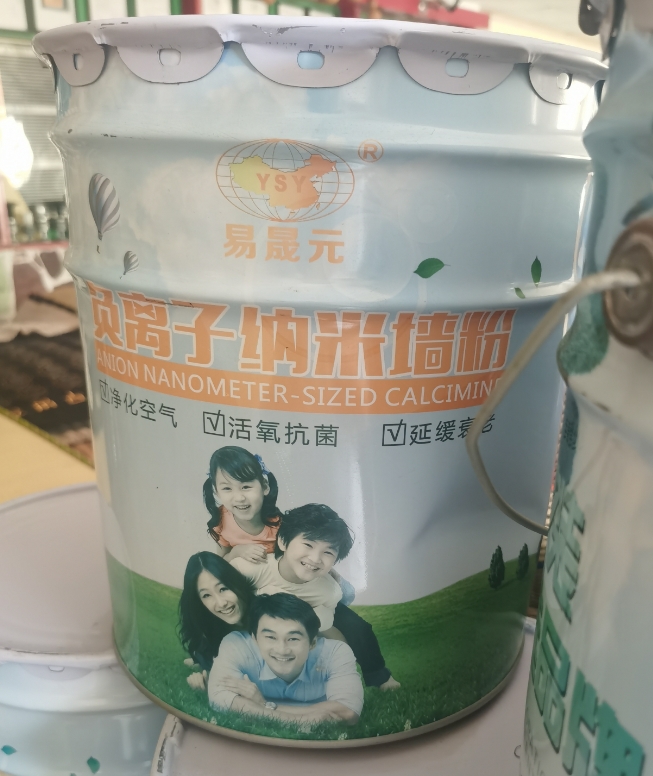
Sweat rooms, also known as saunas or steam rooms, are areas where high humidity and heat levels are prevalent. When it comes to choosing the right tiles or flooring materials for these spaces, there are indeed some specialized options that are designed to meet the unique requirements.
One of the most important characteristics of flooring for sweat rooms is slip resistance. In a humid and often wet environment, the risk of slips and falls is increased. Tiles with textured surfaces or anti-slip coatings are commonly used. For example, some ceramic tiles are manufactured with a rough surface that provides better traction even when wet. These tiles are designed to ensure the safety of users, as a fall in a sweat room could lead to serious injuries. Specialized anti-slip vinyl flooring is also an option. It has a textured finish that offers good grip, and it is relatively soft underfoot, which can be more comfortable than harder tile surfaces.
Since sweat rooms are exposed to high temperatures, the flooring materials need to be able to withstand heat without warping or deteriorating. Natural stone tiles such as granite and slate are known for their heat resistance. They can handle the heat generated in a sauna or steam room without any significant negative effects. These stones are durable and can maintain their integrity over time. Ceramic tiles with high heat resistance ratings are also suitable. They are often fired at high temperatures during the manufacturing process, which gives them the ability to endure the heat in a sweat room environment. Additionally, some engineered wood flooring products are now available that are specifically treated to be heat-resistant and can be used in certain types of sweat rooms, provided they meet the necessary safety and performance standards.
The high humidity in sweat rooms means that the flooring must be moisture-resistant to prevent damage such as swelling, warping, or mold growth. Porcelain tiles are an excellent choice as they have a low water absorption rate. They are less likely to be affected by the constant exposure to moisture, ensuring a longer lifespan. Another option is epoxy flooring. It forms a seamless and impermeable surface that resists moisture penetration. Epoxy flooring is also highly durable and can withstand the harsh conditions of a sweat room. It is available in a variety of colors and finishes, allowing for customization to match the overall design of the space. Waterproof vinyl flooring is yet another viable option. It has a waterproof core that prevents moisture from seeping through to the subfloor, and it is relatively easy to clean and maintain.
In a sweat room where bacteria and mold can thrive in the warm and humid environment, it is crucial to have flooring that is easy to clean and maintain good hygiene. Tiles with smooth surfaces that are not porous are preferable as they can be easily wiped down and disinfected. Ceramic and porcelain tiles fit this criterion well. They do not absorb odors or stains easily, and regular cleaning with appropriate cleaners can keep them looking clean and hygienic. Some flooring materials also come with antibacterial properties, which can further enhance the cleanliness of the sweat room. For example, certain vinyl flooring products are treated with antibacterial agents to inhibit the growth of bacteria. Additionally, proper ventilation in the sweat room is essential to reduce moisture levels and help maintain a clean and healthy environment for the flooring and the users.

